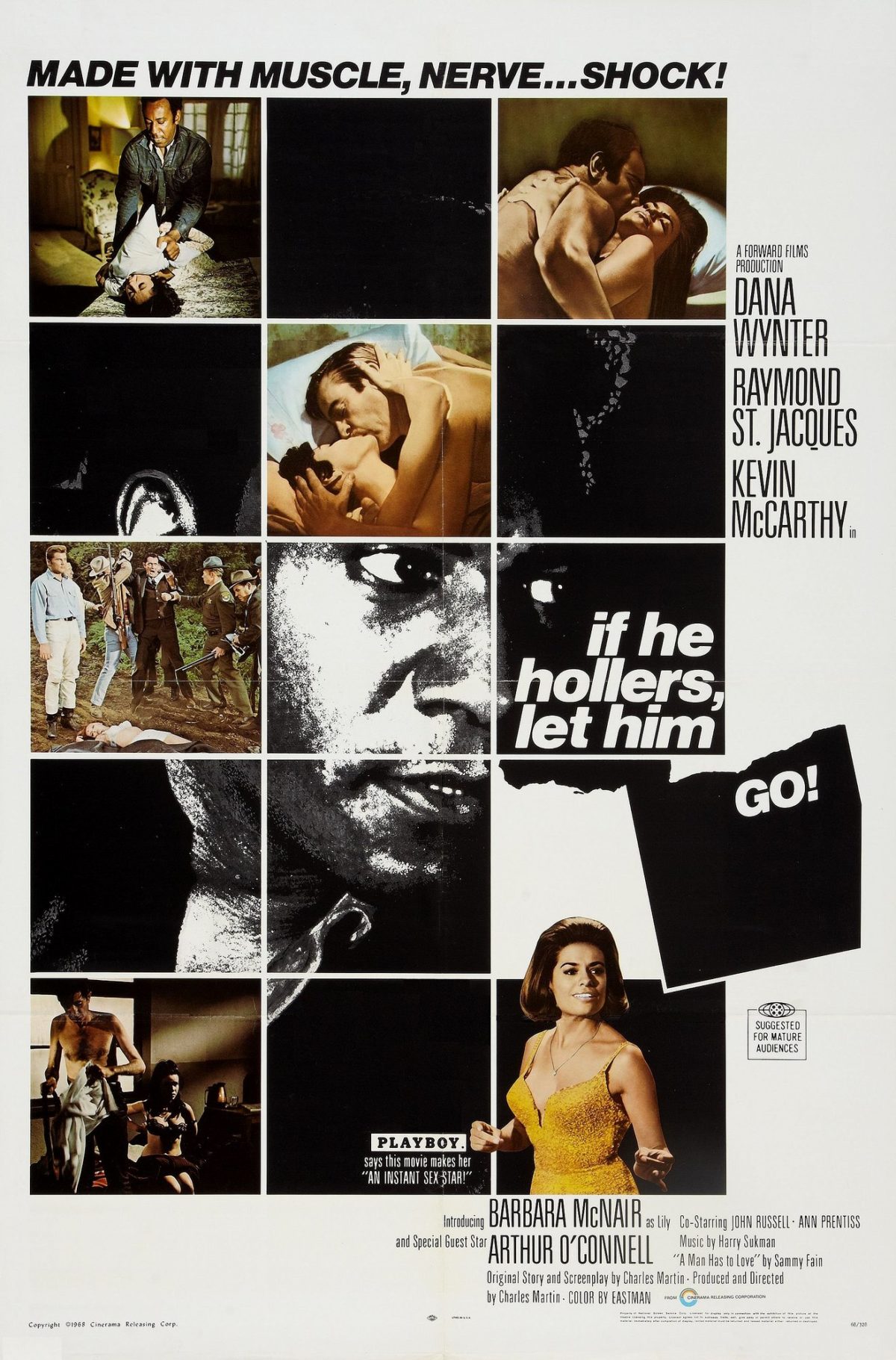Our initial introduction to Noir came in a very distinct, very easily identifiable and understandable package: a sly, white detective “descends into darkness” through an encounter with the “other” as he solves a mystery. These stories were placed on the West coast—a space where the “other” could interact with the akin easily as Los Angeles became steadily more infested with foreigners.
At least for me, Noir became very closely related to its setting in the Western Coast. Here, interactions with Blacks, Asians, Native Americans, Irish immigrants, and queer individuals were common due to proximity to the Eastern world and the influx of immigrants through California. From the introduction of Manifest Destiny, expansion into Western America became deeply entwined with the American Dream.
And then came the blunt transition to Trick Baby, set in the midwestern city of Chicago, which felt familiar and close to home, even including a character from my home town, “St. Louis Shorty” (Slim 3). It was more difficult for me to identify the Noir in Trick Baby and Never Die Alone because they felt much more like stories of Chicago mobsters than a “descent into darkness.” These novels felt much more similar to The Untouchables than it did to the familiar, old-timey detective novels we read in the beginning of class.
However, if we think back to Raymond Borde and Etienne Chaumeton’s exploration of Noir, they did not identify the genre by a location, but by a couple of elements often found in Surrealism; Noir is “oneiric, strange, erotic, ambivalent, and cruel.” All of these qualities are likewise captured in Trick Baby and Never Die Alone, and even Blanche on the Lam.
Interactions with the “strange” and the “foreign” are not only more easily accessible in the West (specifically in Los Angeles), but more controllable. One need only to walk down the street—to head to Chinatown or Hyde Park to encounter the “other.” These interactions are intentional; Philip Marlowe deliberately heads to a Black club to search for a perpetrator. He knows where the “other” exists and then chooses to take this descent into the recognizable “Black World.”
Stories set in the Midwest, or even in the South with Blanche on the Lam, interactions with the “other” must come in different, perhaps more hidden forms. For the King David, the “other” is a white Jewish man, inverting the idea of who the anti-other is. For Blanche, the “other” is Mumsfield—a white man with a disability. Thus, a setting like Los Angeles or Arizona makes capturing the essence of Noir easier. However, other settings—like the Midwest or the South—can also encapsulate Noir, though it more take more effort to do so.

I strongly believe that streets hold stories and I really like your point on how Noir encapsulates “the other” to tell their stories. However, I think that the difference between the west’s other and the south’s other is that the South makes more of a point to differentiate itself from the other. I do agree that depending on who the main character is, “the other” varies – like for Hugh. We started off the class by reading Noir that took place in cities then it went to more rural areas. I think this is an important thing to point out because it shows that people’s descent into darkness can take place anywhere.